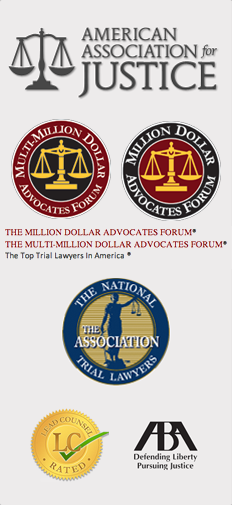What Is Scissor Gait?
The effects of cerebral palsy can often be seen in how a child learns to walk, as their gait can be significantly altered or compromised due to this disability. Different types of movement disorders may arise as a result of this disability, one of them being the development of the scissor gait. This pattern of movements while walking can make mobility strained, uncomfortable, and unusually slow.
How Does the Scissor Gait Pattern Affect Movement?
Because of the ways in which a child’s muscles may or may not contract and move while walking, they may not be able to control the fluidity of walking that most people enjoy. In particular, they may see the following changes to their gait as a result of developing scissor gait:
- Hips and pelvis often locked, as if crouching while walking
- Knees and thighs may cross or touch while walking
- Ankles may be turned inwards while walking
- Feet often make contact with the ground primarily at the ball of the foot, not the heel
- Arms and hands may go outwards from the body to provide balance
People who develop this gait may find it difficult to move quickly and may need some assistance keeping their balance in rough terrain. There are some treatment options for certain muscles that may improve certain impediments due to scissor gait, but full recovery may not be possible unfortunately.
Contact Us
If your child is suffering from scissor gait or other issues due to developing cerebral palsy as a result of a doctor’s negligence before, during, or after the delivery, our lawyers at the Driscoll Firm may be able to help you pursue compensation for your child’s lifelong disability expenses. For a free consultation regarding your options in moving forward with a birth injury lawsuit, call (800) 900-7704 today.


